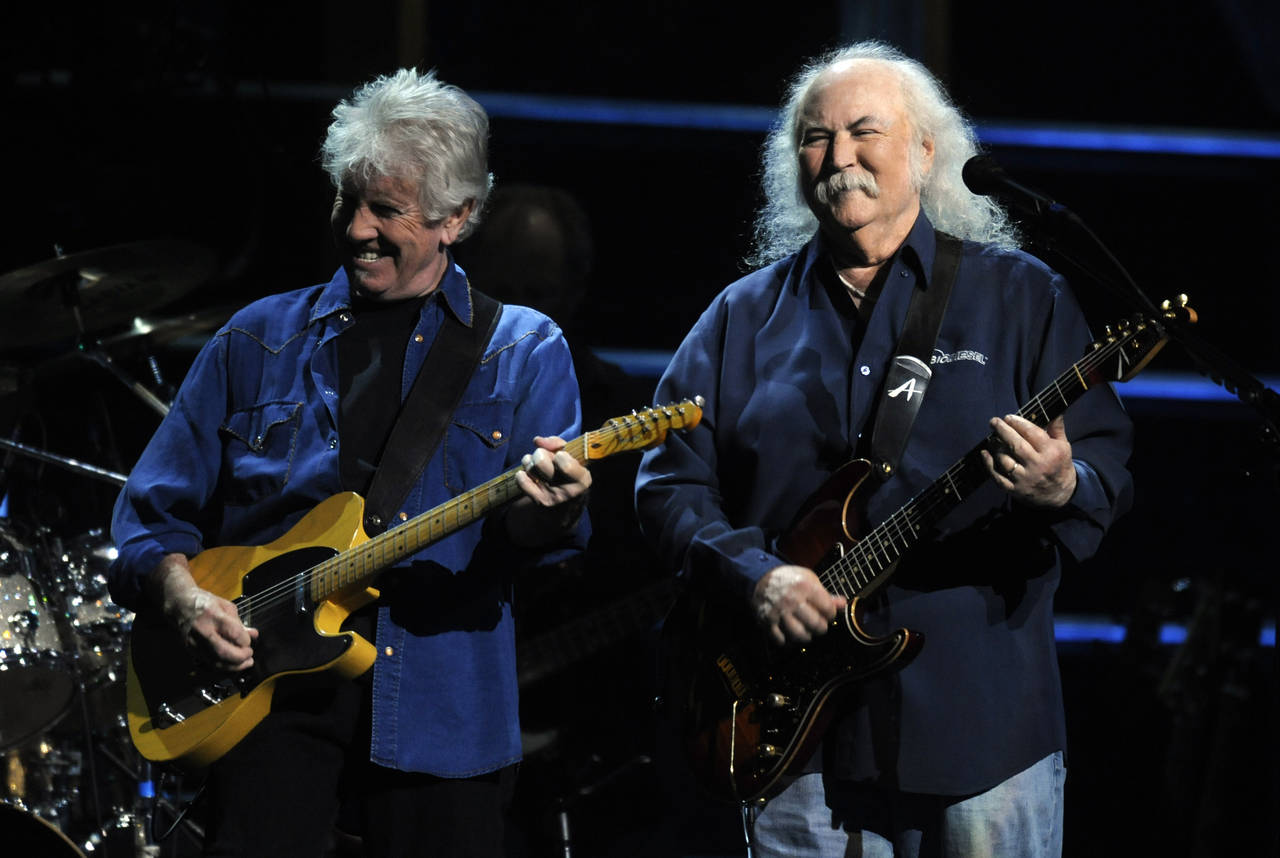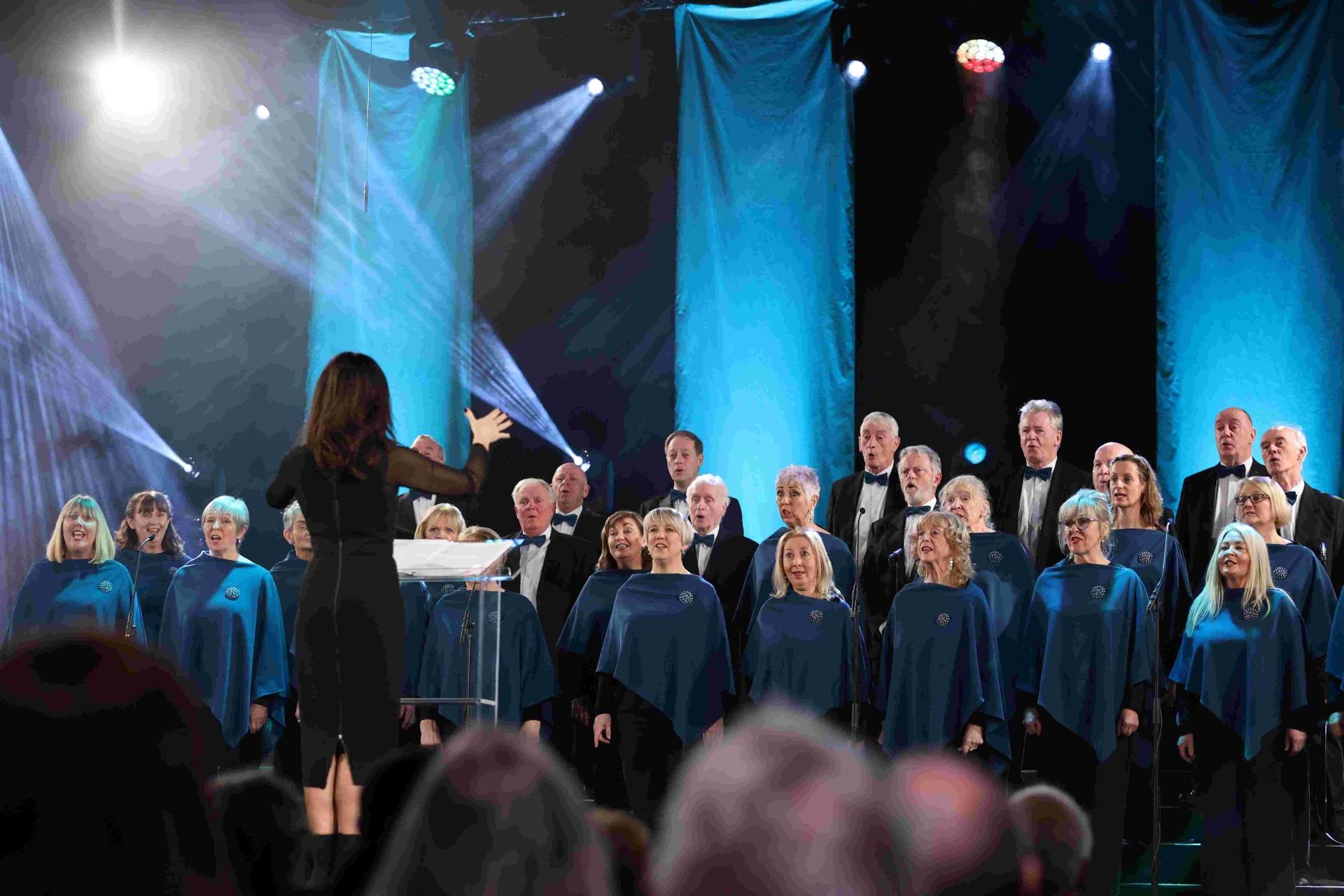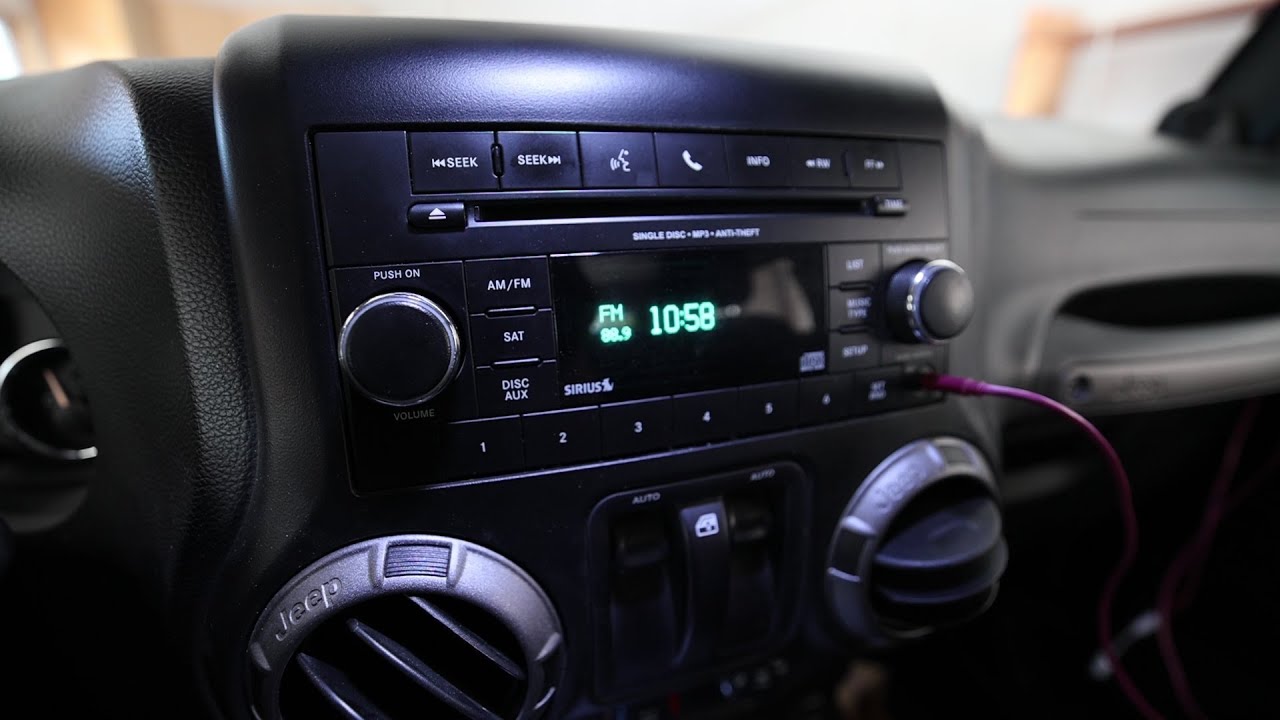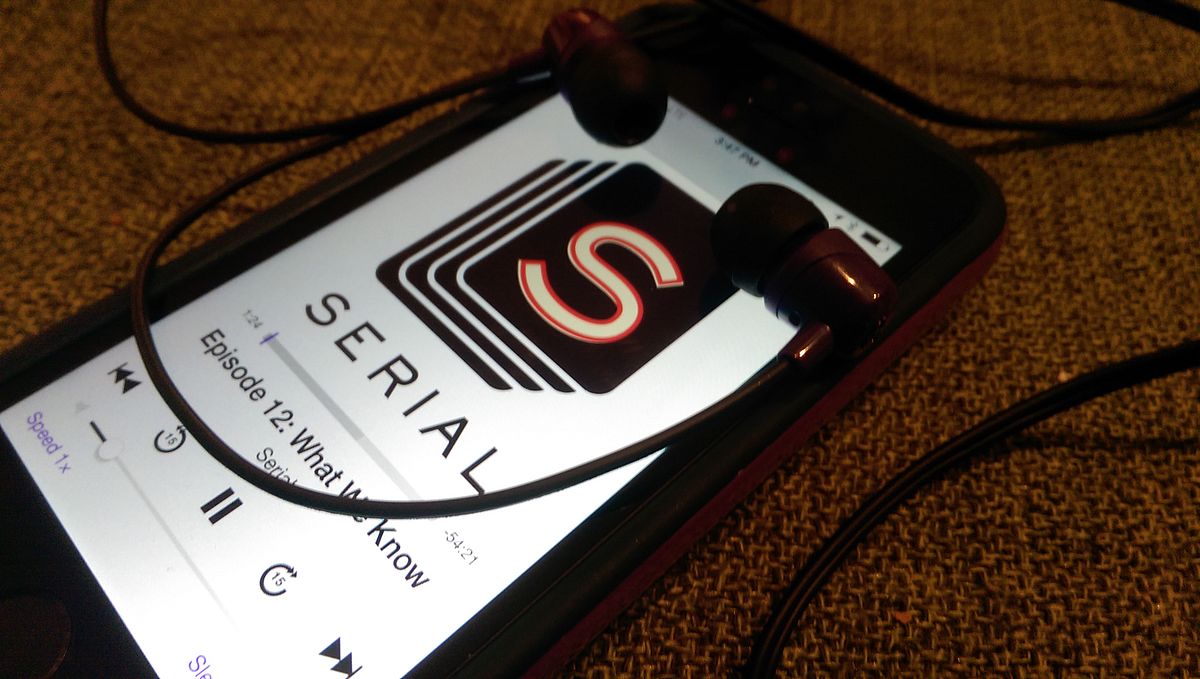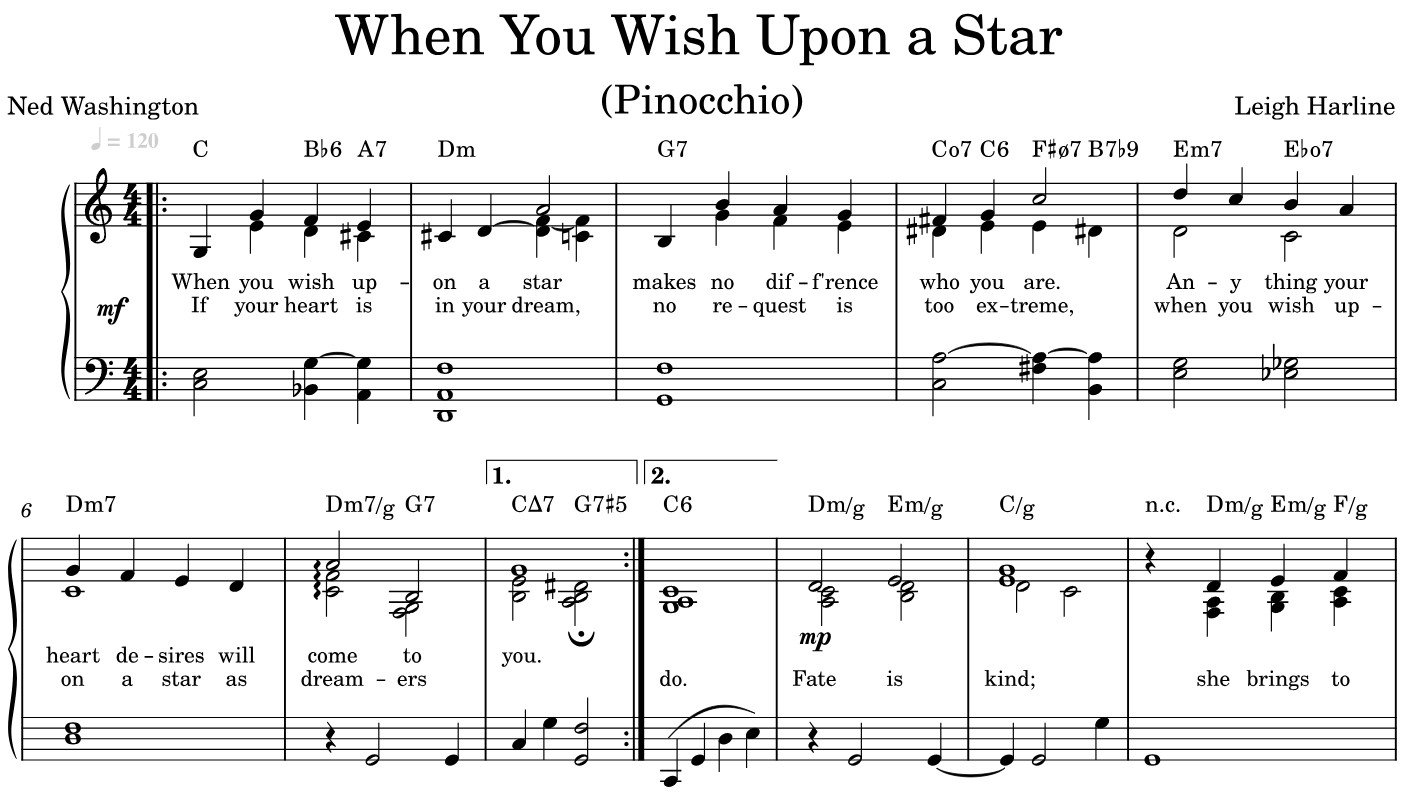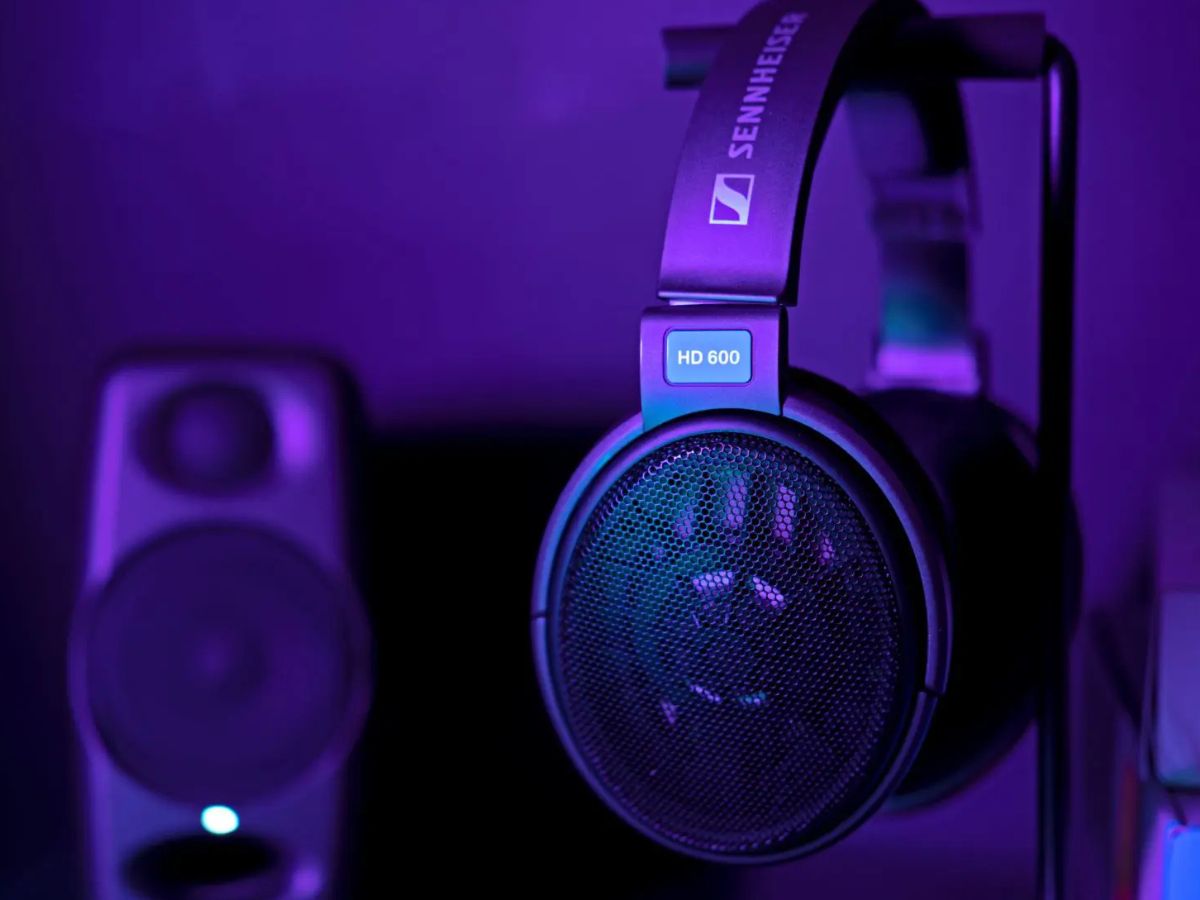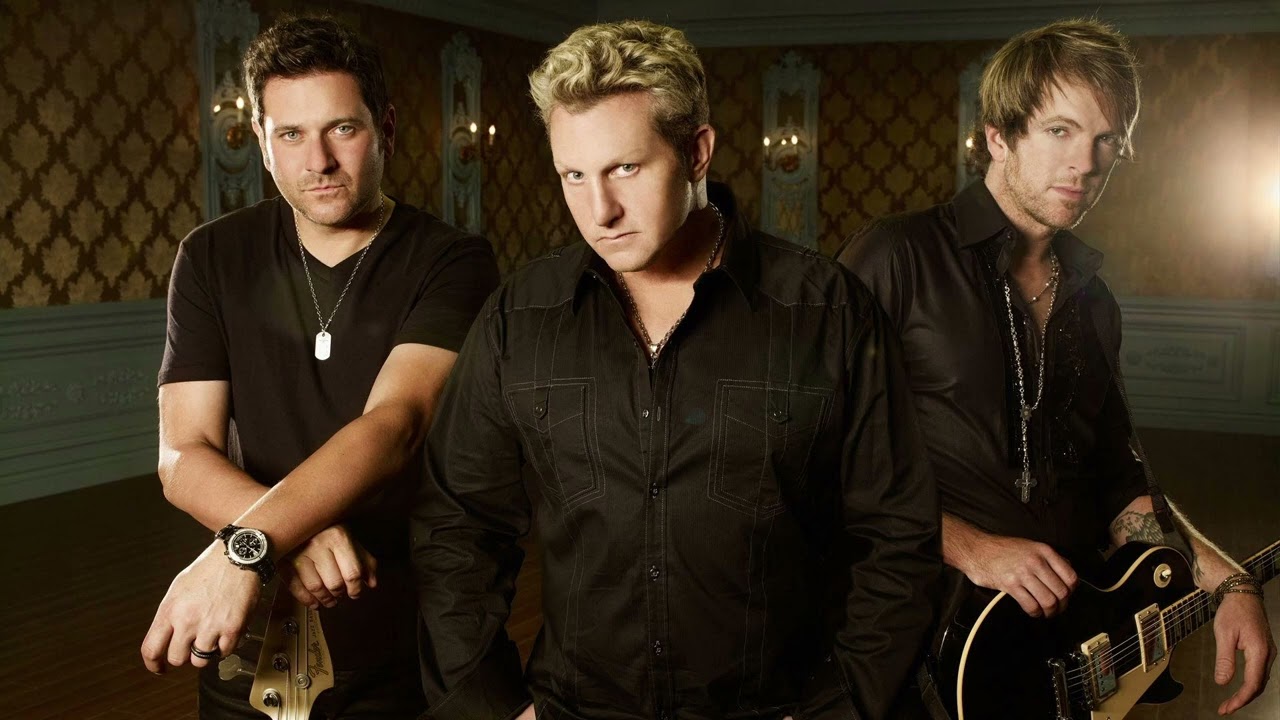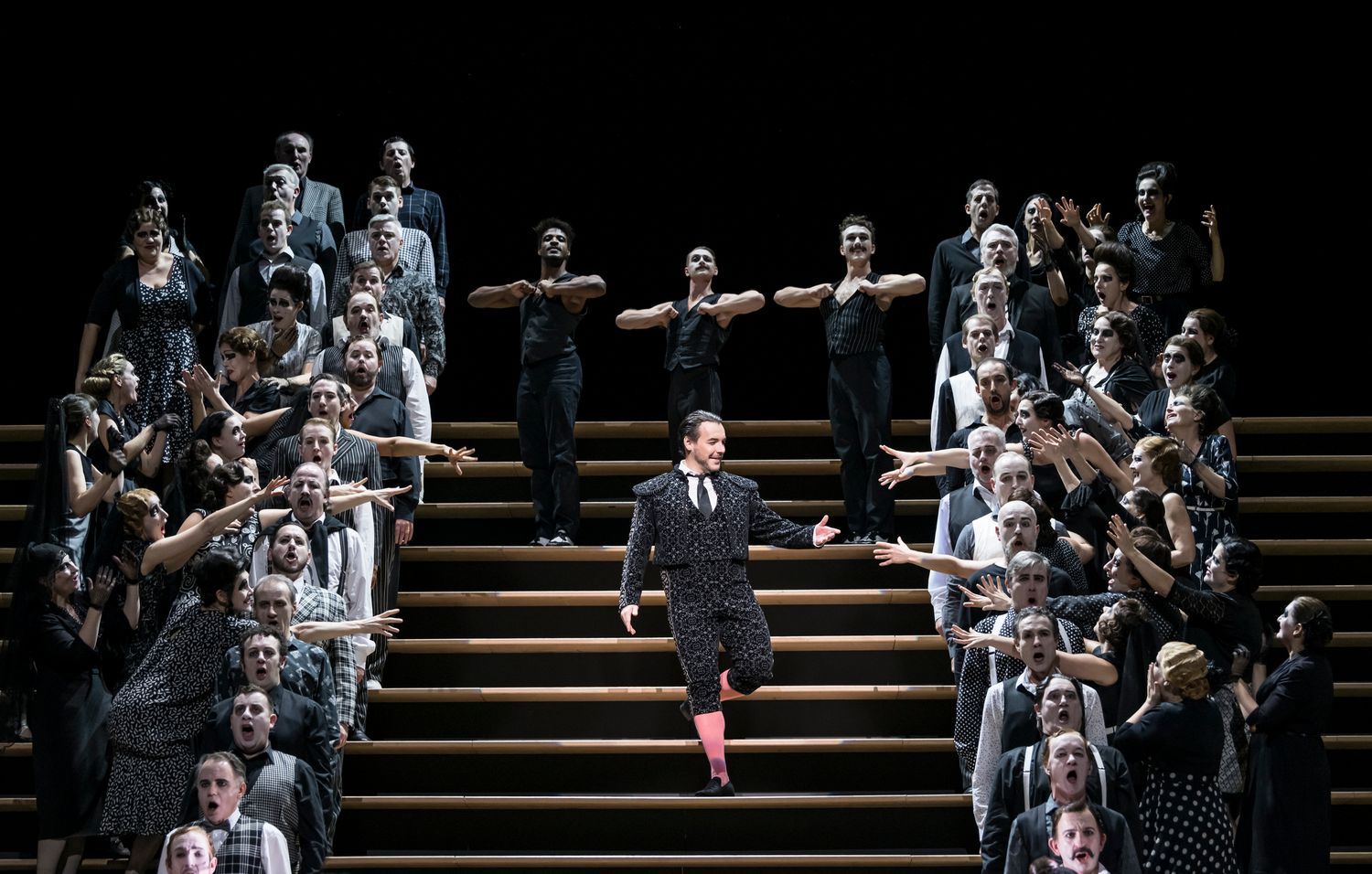Home>Devices & Equipment>Radio>When Did Video Killed The Radio Star Come Out
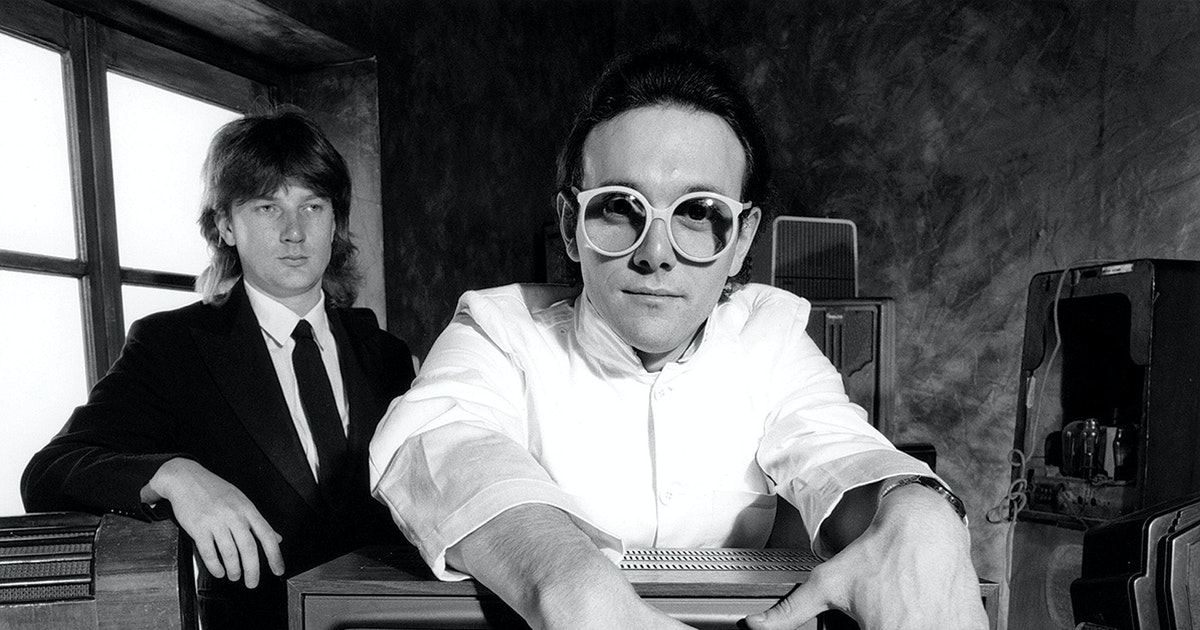

Radio
When Did Video Killed The Radio Star Come Out
Published: November 21, 2023
Discover the iconic moment when video killed the radio star. Find out the release date and explore the impact of this groundbreaking song in music history.
(Many of the links in this article redirect to a specific reviewed product. Your purchase of these products through affiliate links helps to generate commission for AudioLover.com, at no extra cost. Learn more)
Table of Contents
Introduction
Since its inception, radio has played a significant role in shaping the world of music and entertainment. It revolutionized the way people consumed audio content, allowing them to connect with artists and discover new songs. However, in the late 1970s, the music industry witnessed a historic moment when a song titled “Video Killed the Radio Star” came out.
Written by Trevor Horn, Geoff Downes, and Bruce Woolley, this iconic tune captured the essence of a changing era, marking the surge of the music video format and its potential impact on traditional radio. The release of “Video Killed the Radio Star” not only became a catchy anthem but also became a prophetic prediction in many ways, foretelling the future of the music industry.
This article will delve into the background, creation, release, and legacy of this influential song. We will explore the circumstances that led to its conception, examine its reception upon release, and analyze the long-lasting impact it had on both radio and the music video industry. So, let’s travel back in time and discover the story behind “Video Killed the Radio Star.”
Note: The song title “Video Killed the Radio Star” is a play on words, suggesting that the rise of music videos would overshadow the influence and significance of traditional radio broadcasting.
Background of “Video Killed the Radio Star”
To understand the context of “Video Killed the Radio Star,” it’s essential to examine the state of the music industry during the late 1970s. At that time, radio was the primary medium for promoting and discovering new music. Artists heavily relied on airplay to gain popularity and reach a larger audience.
However, the emergence of television and the visual medium began to reshape the entertainment landscape. Music videos started gaining traction, offering a new way for artists to connect with their fans visually. This shift raised concerns among some, as they feared that the rise of music videos would diminish the importance of radio as a platform for discovering new talent.
This concern was addressed in a rather ironic fashion when Trevor Horn, Geoff Downes, and Bruce Woolley wrote “Video Killed the Radio Star.” The trio intended it as a commentary on the changing dynamics of the music industry, capturing the sentiment that radio—once the dominating force—was facing a new competitor in the form of music videos.
The song’s title itself became a catchphrase that encapsulated the fears and uncertainties of the time. It also highlighted the increasing significance of visuals in the music industry. Through clever wordplay, “Video Killed the Radio Star” became a symbol of the paradigm shift taking place within the entertainment world.
Note: The concept of the song was inspired by a science fiction story written by Bruce Woolley, which depicted a futuristic world where musicians were replaced by technology-driven performers.
The Creation of the Song
“Video Killed the Radio Star” was born out of a collaboration between Trevor Horn, Geoff Downes, and Bruce Woolley. The trio originally came together to work on an album for a band called The Buggles, which included Horn and Downes.
The initial idea for the song came from Bruce Woolley, who had written a science fiction story that explored the theme of technology replacing human musicians. Intrigued by the concept, Horn and Downes decided to turn it into a song.
With Horn’s expertise as a producer and Downes’ skills as a keyboardist, they began crafting the music and lyrics for “Video Killed the Radio Star.” They wanted to create a catchy and upbeat tune that would capture the essence of the changing times. Their goal was to convey the feeling of nostalgia for radio’s golden era while acknowledging the shifting dynamics of the music industry.
The recording process of the song took place at several studios with the help of talented musicians. Horn and Downes’ attention to detail and their innovative use of synthesizers and electronic instruments gave the song its distinctive sound. The final result was a combination of pop hooks and futuristic elements, perfectly reflecting the transition from analog to digital.
Once the song was completed, the trio realized they had created something special. They understood the potential impact it could have on the industry, as it captured the zeitgeist of the time and effectively addressed the concerns surrounding the rise of music videos.
Note: “Video Killed the Radio Star” was one of the first songs to be recorded using digital tape, which aligned with its theme of technological advancement.
Release and Reception
“Video Killed the Radio Star” was released as the debut single for The Buggles in 1979. It quickly caught the attention of listeners and critics alike, propelling the song to international success.
Upon its release, “Video Killed the Radio Star” achieved significant radio airplay, ironically proving that radio still held a strong influence despite the emergence of music videos. The catchy melody and infectious chorus resonated with audiences, making it a chart-topping hit in various countries around the world.
The accompanying music video for the song also played a crucial role in its success. Directed by Russell Mulcahy, the video showcased the band performing in a futuristic setting, complete with colorful visuals and cutting-edge special effects. This visual representation further emphasized the theme of technology and its impact on the music industry.
The song’s release coincided with the launch of MTV, the first music channel dedicated to broadcasting music videos. “Video Killed the Radio Star” became the channel’s inaugural video, solidifying its place in music history.
Critics praised the song for its catchy melody, clever lyrics, and innovative sound. It was lauded as a catchy pop tune with a deeper message about the changing landscape of the music industry. Many saw it as a prophecy fulfilled, as music videos indeed became a dominant force in popular culture.
Note: “Video Killed the Radio Star” remains one of the most memorable and influential music videos of all time.
Impact and Legacy
“Video Killed the Radio Star” had a profound impact on the music industry and left a lasting legacy that is still felt today. It not only marked the beginning of a new era where music videos played a central role but also became a symbol of the changing dynamics between traditional media and emerging technologies.
The song’s success bolstered the popularity of The Buggles and their album, “The Age of Plastic.” It solidified their place in music history as pioneers of the music video format.
Moreover, “Video Killed the Radio Star” became an anthem for the merging of music and visuals. It set the stage for the rise of MTV and the subsequent explosion of music videos as a promotional tool for artists. The success of the song paved the way for countless artists to embrace the power of visual storytelling, forever altering the music industry landscape.
Even years after its release, “Video Killed the Radio Star” continues to resonate with audiences. It is often regarded as a cultural touchstone, representing a pivotal moment in music history. The song is remembered not only for its catchy melody but also for the profound statement it made about the future of radio and the influence of video.
Furthermore, “Video Killed the Radio Star” remains a beloved classic that is frequently played on radio stations and at music events. Its legacy is further reinforced by its inclusion in various compilations and lists of greatest songs of all time.
Note: The impact of “Video Killed the Radio Star” extends beyond the song itself, as it influenced the way artists and industry professionals approached music promotion and multimedia integration.
Conclusion
“Video Killed the Radio Star” stands as a timeless testament to the ever-evolving nature of the music industry. Its release marked a pivotal moment when traditional radio broadcasting collided with the emergence of music videos, setting the stage for a new era of multimedia integration.
The song’s catchy melody, clever lyrics, and prophetic message struck a chord with audiences around the world. It captured the anxieties and excitement surrounding the changing landscape of music consumption, where visuals became an integral part of the listening experience.
Decades later, “Video Killed the Radio Star” remains relevant and influential. It serves as a reminder that innovation and adaptation are essential in an industry that is constantly evolving. The song’s impact can still be felt in the way artists explore new ways to engage with their audience and create immersive visual experiences.
Whether it’s nostalgia for the golden days of radio or an appreciation for the power of music videos, “Video Killed the Radio Star” holds a special place in the hearts of music enthusiasts. It will forever be celebrated as a groundbreaking song that captured the spirit of an era in transition.
In the end, “Video Killed the Radio Star” serves as a reminder that while technology may change, the love for music and the desire to connect with others through sound and visuals remains unwavering.

